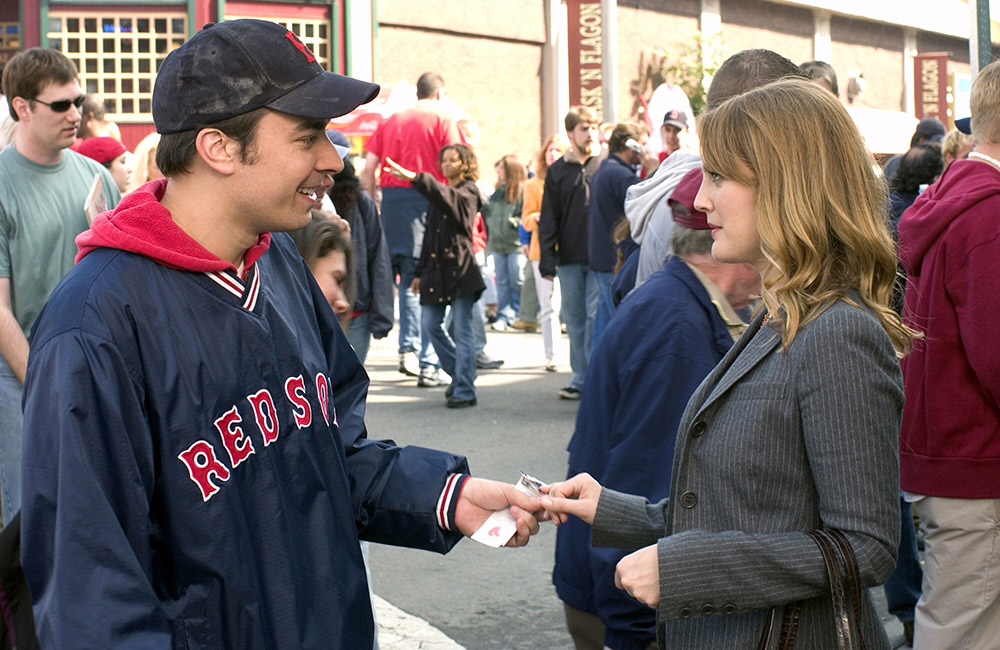
(c) Photofest / Getty Images
“The Fever Pitch” The moment when the movie goddess smiled on Farrelly, the successor of traditional American cinema
2022.03.10
The first two minutes that only Farrelly could capture
As a Farrelly fan, I'm happy that "Green Book" won so many awards. But I still have some complaints. Farrelly was only nominated for Best Director at the Golden Globes, and he wasn't even nominated for Best Director at the Academy Awards (he won Best Picture as a producer and Best Original Screenplay as a co-writer). So what about Farrelly as a director?
For example, the opening scene of "Fever Pitch." Ben, a seven-year-old boy who came to Boston due to his parents' divorce, spent his days feeling depressed in an unfamiliar environment. His mother, worried about Ben, asks his uncle Carl to take Ben out to play. However, Carl doesn't have any children and doesn't know where to take Ben. Carl takes Ben to Fenway Park, the symbol of Boston, the home stadium of the Boston Red Sox. When he takes his seat, "Al the Sponge Seller" (the narrator of the film) greets him. Carl happily yells at the players. In fact, Carl is such a die-hard Red Sox fan that he signs up for a seat for the year. The stadium is full of openness, the players are full of energy, and the excitement of a packed stadium - these are all experiences that Ben has never had before, and he instantly becomes addicted to baseball. The Red Sox win the game that day, and Ben is given a thick team yearbook as a souvenir. Ben successfully becomes "God's most pitiful creation, a Red Sox fan," and the Red Sox become an irreplaceable part of his life after his painful experiences.
It took exactly two minutes to portray this scene I just described. Just two minutes. The casting, the camera movement, the location and lighting, the precise editing, the timing of the monologue and music insertion - it all seems so ordinary, but it is all directed with astonishing skill. Other than Farrelly, there is no other director today who can put together this scene so well in two minutes. The traditional storytelling technique of "maximum effect with minimum elements" was a standard feature of American films up until the 1950s. Farrelly is a rare director who has inherited that technique.

"Fever Pitch" (c)Photofest / Getty Images
When "Green Book" won an Oscar, it was criticized for being a typical Hollywood "white savior" story. However, it became one of the most beloved films of the year. This is probably because Farrelly's film is filled with universal elements of traditional American movies, and many people have rediscovered the joy of them.
Farrelly is now a rare ``legitimate successor to traditional American cinema.''

